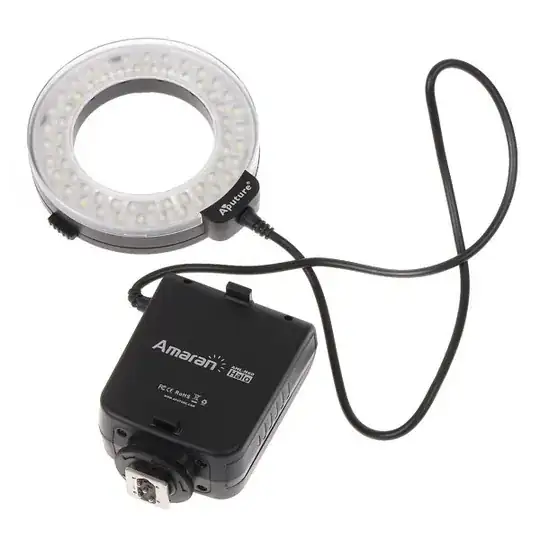I have a need to take photos with the Pi camera, but to illuminate the subject. The subject will be 1m or so away, but will be in total darkness most of the time. Therefore, I need a flash of some kind.
I'll only be taking a picture every hour or so. I was thinking about either:
- A USB LED lamp (but I won't be able to turn this on/off with my Python script)
- Some super bright LEDs linked to the GPIO pins that can be switched
Has anyone done something similar and care to share their experiences and parts list?
